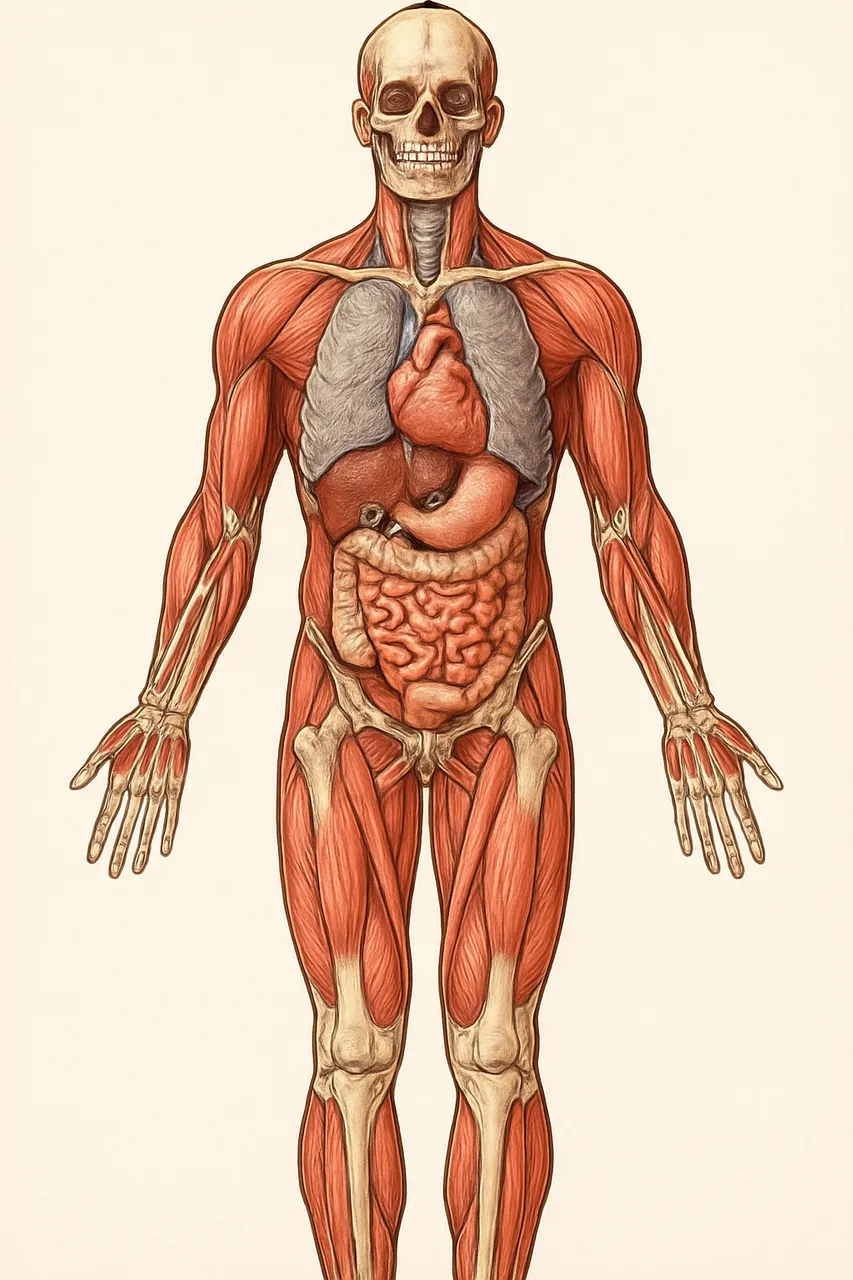
Once again, it is the weekend and we get to explore the answers to the trivia during the week. I hope that they were educational as well as fun to go through. Without wasting any time, let us dive in and explore them, the answers and see what we can learn from them.
1. Which is the strongest bone in your body?
Options:
A. Skull
B. Arm bone
C. Femur
D. Spine
Answer:C. Femur
Explanation: The femur, or thigh bone, is the longest and strongest bone in the human body. It is built to support the body’s weight when standing, walking, and running. The femur can withstand significant stress and pressure.
A. Skull: While the skull is strong and protective, it is designed to protect the brain and not bear the body’s weight.
B. Arm bone: The bones in your arm (humerus, radius, and ulna) are not as robust as the femur because they are not tasked with supporting as much weight.
D. Spine: The vertebrae in your spine are strong, but they are more flexible and designed to allow movement, not bear weight like the femur.
2. Which of these senses is most linked to memory?
Options:
A. Sight
B. Touch
C. Smell
D. Taste
Answer:C. Smell
Explanation: Smell is deeply connected to the brain's limbic system, which is responsible for emotions and memory. The olfactory bulb (responsible for processing smell) has direct connections to the hippocampus, a critical region for memory formation.
A. Sight: While vision is crucial for memory recall, it’s not as deeply linked to memory as smell.
B. Touch: The sense of touch plays a role in memory but is not as directly connected to memory as smell.
D. Taste: Taste also has some association with memory, especially in relation to food experiences, but it doesn't have the same strong link to memory as smell does.
3. How many bones are in the adult human body?
Options:
A. 106
B. 206
C. 306
D. 406
Answer:B. 206
Explanation: An adult human typically has 206 bones. As a child, humans are born with around 270 bones, but as they grow, some of these bones fuse together. For example, the bones of the skull and the bones in the spine fuse as we age.
A. 106: This is too few; the adult body has 206 bones.
C. 306: This would be the case if there were more bones before fusion.
D. 406: This number is far too high for the adult skeleton.
4. Which is the largest joint in your body?
Options:
A. Shoulder
B. Hip
C. Knee
D. Elbow
Answer:C. Knee
Explanation: The knee is the largest joint in the human body. It is a hinge joint that connects the thigh bone (femur) to the shin bone (tibia), and it is responsible for bearing much of the body’s weight during activities like walking and running.
A. Shoulder: The shoulder is a ball-and-socket joint, which offers a wide range of movement but is not as large as the knee joint.
B. Hip: The hip is a large joint but not as big as the knee joint.
D. Elbow: The elbow is a hinge joint, but it is smaller compared to the knee.
5. Which part of your body controls your balance?
Options:
A. Brain
B. Feet
C. Inner ear
D. Spine
Answer:C. Inner ear
Explanation: The inner ear contains the vestibular system, which is responsible for detecting changes in head position and motion. This system helps maintain balance by sending signals to the brain about the position and movement of the head.
A. Brain: The brain processes the information from the inner ear and coordinates balance, but it is not the direct organ responsible for detecting motion.
B. Feet: While the feet help with stability and providing support, they don’t directly control balance in the way the inner ear does.
D. Spine: The spine plays a role in supporting the body’s structure and movement, but it does not directly control balance.
Conclusion
You’ve just explored some interesting facts about the human body! I hope this trivia quiz was fun and informative. These details about our anatomy help us appreciate the amazing complexity of the body we live in. Keep testing your knowledge and continue learning—because when it comes to the body, there’s always more to discover!